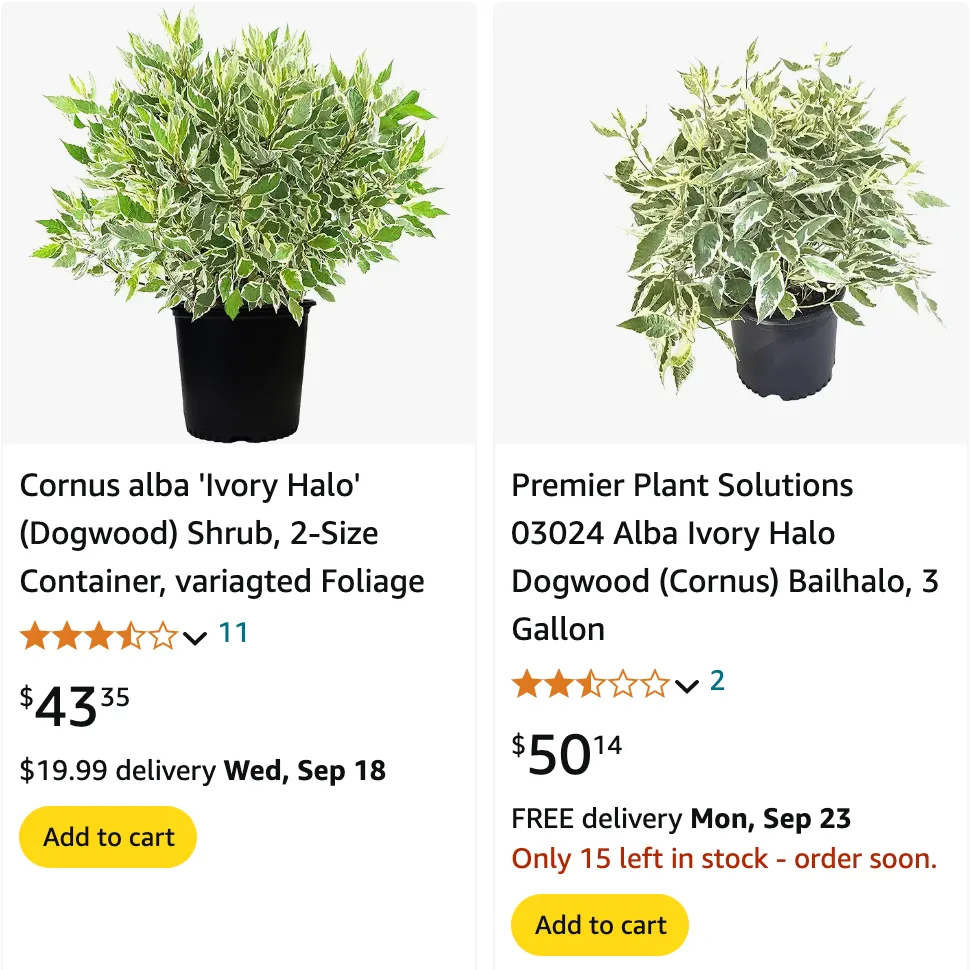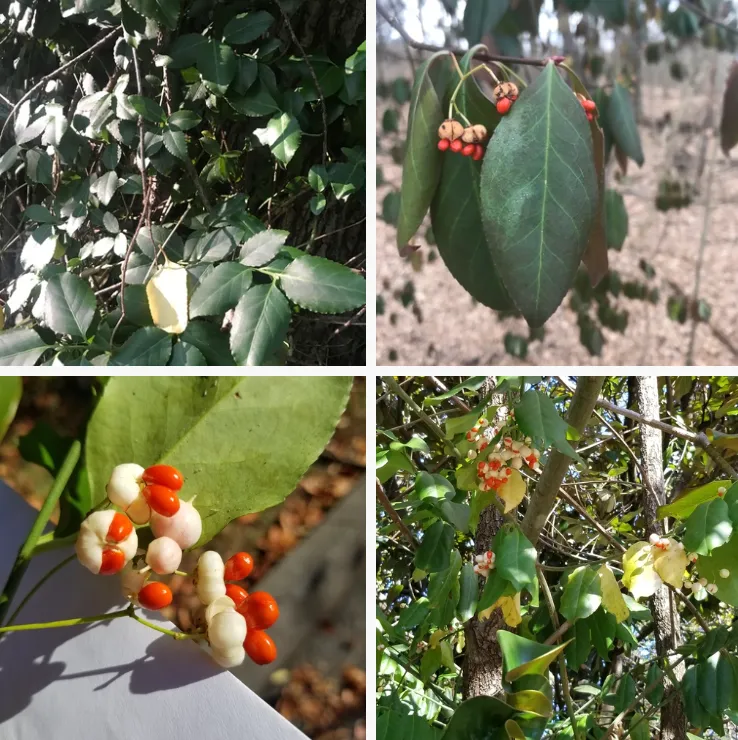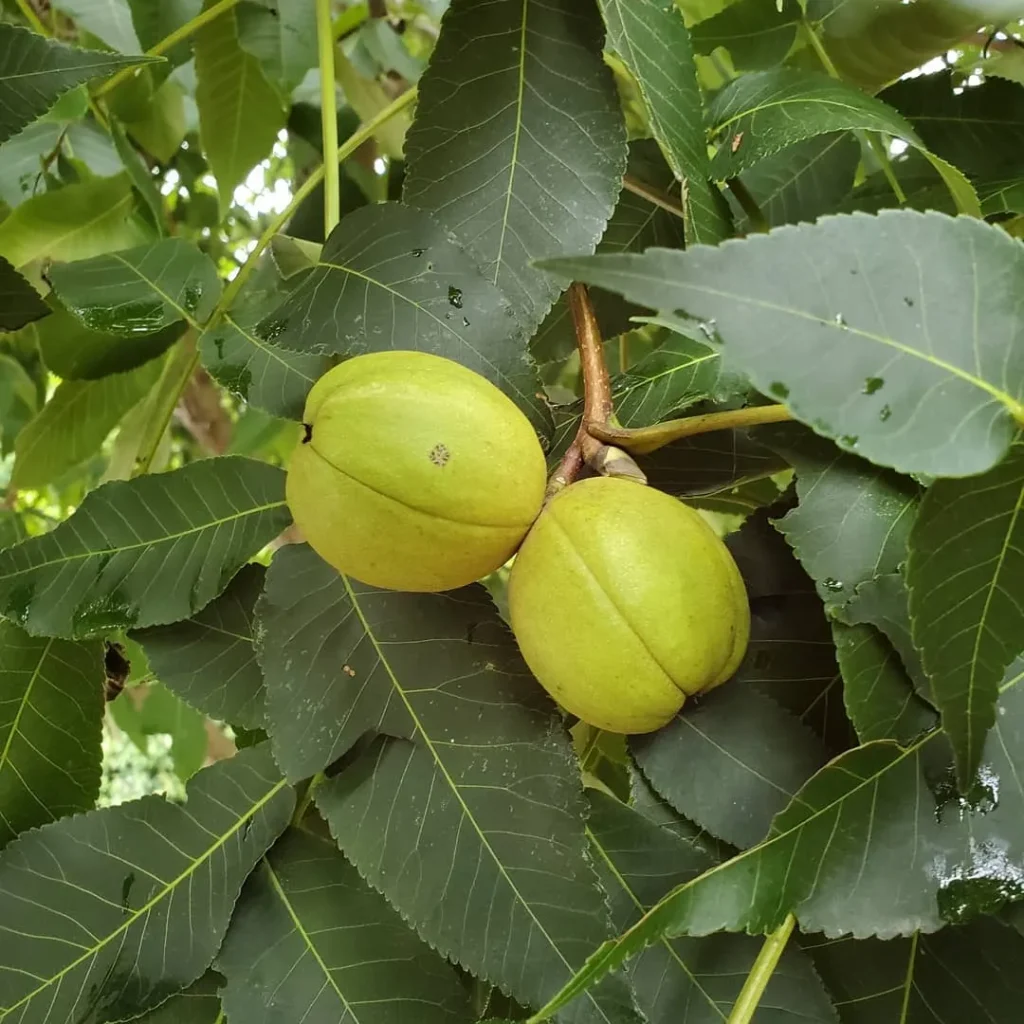
FAQs About Cornus Ivory Halo
If you’re considering adding Cornus Ivory Halo to your garden or landscape, you might have a lot of questions. I’ve gathered some of the most frequently asked questions to help you understand this beautiful plant better.
56 Species in Genus Cornus – Dogwood
What Is Cornus Ivory Halo?
Cornus Ivory Halo is a type of dogwood shrub known for its striking appearance. It is a cultivar of Cornus alba, commonly referred to as the Tatarian dogwood. What sets it apart is its unique variegated foliage. The leaves are green with white margins, which create a lovely contrast, especially during the growing season. In winter, the plant’s stems turn a vibrant red, providing visual interest even when the rest of the garden is dormant.
How to Care for Cornus Ivory Halo?
Caring for Cornus Ivory Halo is relatively straightforward. Here’s a simple guide to keep your plant healthy:
- Sunlight: It thrives in full sun to partial shade. For the best foliage color, plant it in an area that receives at least 4 to 6 hours of sunlight daily.
- Soil: It prefers well-draining soil. Although it can tolerate a range of soil types, good drainage is crucial to prevent root rot. Adding compost can improve soil structure and nutrient content.
- Watering: Keep the soil consistently moist, especially during hot, dry periods. However, avoid waterlogging. Water the plant at the base to keep the foliage dry and reduce the risk of fungal diseases.
- Fertilizing: Feed the plant with a balanced, slow-release fertilizer in early spring. Follow the manufacturer’s instructions for the correct amount.
- Pruning: Regular pruning helps maintain its shape and encourages new growth. Prune in late winter or early spring before new growth starts. Remove any dead or damaged branches and thin out crowded areas.
How to Propagate Cornus Ivory Halo?
Propagating Cornus Ivory Halo is an enjoyable process and can be done through several methods:
- Cuttings: Take softwood cuttings in late spring or early summer. Dip the cut end in rooting hormone and plant it in a pot with a mix of peat and sand. Keep the cuttings moist and in a warm, bright location until roots develop.
- Layering: Bend a low-growing branch to the ground and cover a section with soil. After a few months, roots should form. Cut the new plant from the parent and transplant it.
- Division: In early spring or fall, you can divide the plant by digging it up and separating the root ball into smaller sections. Replant these sections in new locations.
What to Plant with Cornus Ivory Halo?
Cornus Ivory Halo pairs well with various companion plants, thanks to its striking foliage and vibrant stems. Consider these options:
- Hostas: Their broad leaves provide a lush contrast to the dogwood’s variegated foliage.
- Heuchera: The colorful foliage of Heuchera complements the dogwood’s leaves and adds texture to the garden.
- Japanese Forest Grass (Hakonechloa): This grass provides a graceful, cascading effect that contrasts nicely with the upright structure of Cornus Ivory Halo.
- Astilbe: The feathery blooms of Astilbe can add a splash of color and texture that harmonizes with the dogwood’s foliage.
Is Cornus Ivory Halo Toxic?
Cornus Ivory Halo is non-toxic to both humans and pets. It’s a safe choice for gardens where children or animals play. However, as with many plants, it’s always a good idea to prevent ingestion and handle the plant with care.
Benefits of Cornus Ivory Halo
There are several benefits to adding Cornus Ivory Halo to your garden:
- Year-Round Interest: With its attractive foliage and vibrant winter stems, it provides visual interest throughout the year.
- Low Maintenance: It’s relatively low-maintenance, making it suitable for busy gardeners.
- Versatility: It works well in various garden styles, from formal landscapes to naturalistic settings.
- Wildlife Attraction: Its flowers and berries attract birds and pollinators, supporting local wildlife.
Common Problems with Cornus Ivory Halo
While Cornus Ivory Halo is generally hardy, it can face a few issues:
- Leaf Spot: This fungal disease causes spots on the leaves. Ensure good air circulation and avoid overhead watering to reduce the risk.
- Powdery Mildew: A white powdery substance on the leaves can be a sign of powdery mildew. Improve air circulation and avoid watering the leaves.
- Pest Infestations: Keep an eye out for pests like aphids or scale insects. Insecticidal soap or neem oil can help control these pests.
Compare with Other Similar Plants
Cornus Ivory Halo is often compared with other dogwoods and shrubs. Here’s how it stacks up:
- Cornus Alba ‘Sibirica’: This variety, also known for its red stems, has solid green leaves without the variegation seen in Ivory Halo.
- Cornus Florida: Known as the flowering dogwood, it has showy blooms but lacks the striking winter stem color of Ivory Halo.
- Cornus Kousa: This variety is known for its beautiful, star-shaped flowers and edible fruit, differing from the Ivory Halo’s main appeal of foliage and winter stems.
Cornus Ivory Halo is a fantastic addition to any garden, offering year-round beauty and relatively easy care. With the right conditions and a bit of attention, it can thrive and enhance your landscape for years to come.
If i die, water my plants!



